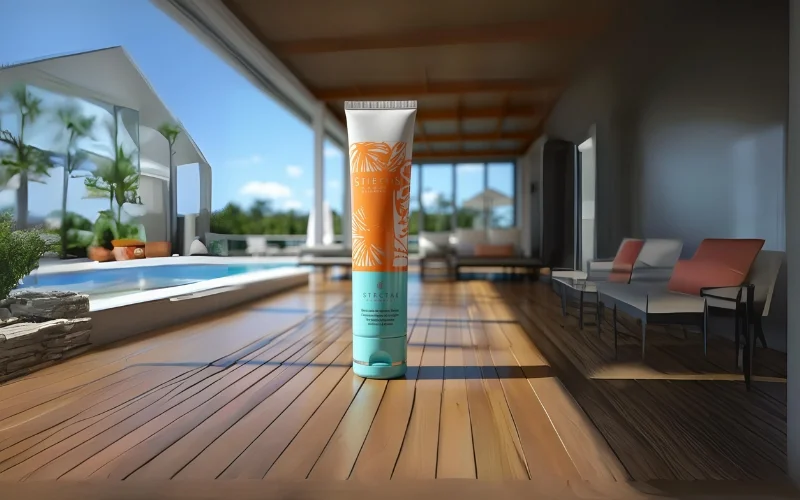In the dynamic world of beauty and skincare, the role of cosmetic tube packaging is pivotal. These tubes, encompassing a variety of cosmetics like moisturizers, cleansers, and lip glosses, are more than mere containers; they embody the essence of branding and customer allure. As the cosmetic sector flourishes, so does the demand for innovative and aesthetically appealing tube packaging.
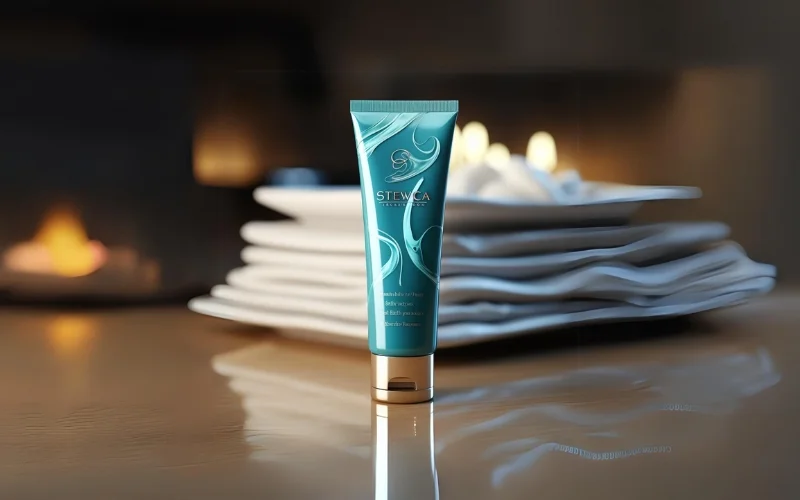
The key to thriving in this industry lies in achieving cost-effectiveness and operational efficiency. It’s a delicate art of crafting quality tubes at an economically viable price, ensuring value for both manufacturers and consumers. Efficiency, here, is about maximizing productivity while minimizing resource wastage, a crucial aspect in a sector known for its competitive and slender profit margins.
The Economics of Tube Packaging
Material Costs
Materials used in tube packaging vary, each with its unique benefits. PE, PP, and PET are popular for their robustness and flexibility, while eco-conscious brands are increasingly turning to biodegradable and recycled materials. Cost-wise, traditional plastics like PE and PP are economical due to their availability and manufacturing ease. However, sustainable materials, despite being pricier, are gaining traction for their environmental appeal.
Production Costs
Tube production intertwines skilled labor with specialized machinery. While labor costs hinge on the process’s complexity, the machinery, covering extrusion, printing, and filling, is a significant investment. Economies of scale come into play here, where larger production volumes spread out fixed costs, reducing the price per unit.
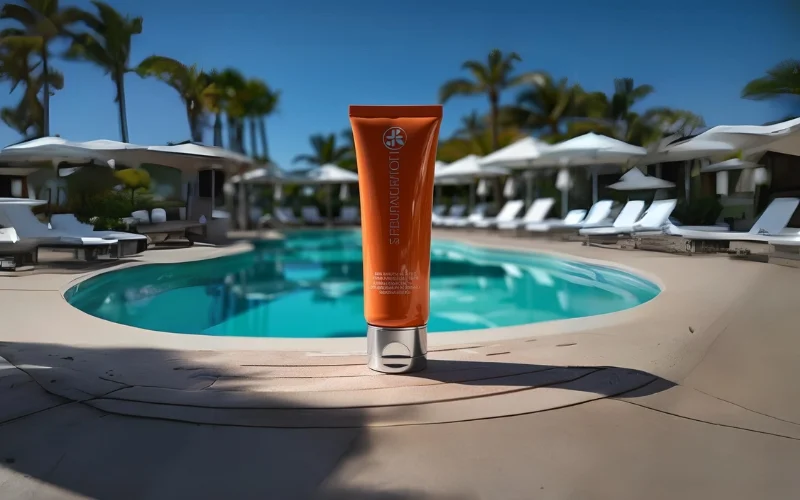
Cost-Saving Methods in Tube Packaging
Material Optimization
Cost-effectiveness starts with material choice. Opting for affordable yet durable materials and minimizing waste in the design process are crucial steps. Efficient designs and recycling scrap materials also contribute to cost reduction.
Design Efficiency
In design, simplicity can lead to cost savings. Simple yet functional designs use fewer materials and reduce production time. Modular designs, offering adaptability for various products, allow for cost-effective scalability.
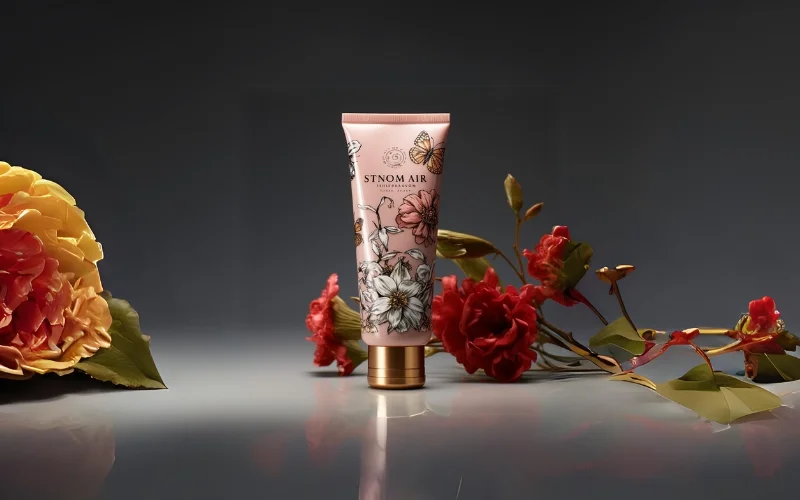
Efficient Manufacturing Practices
Automation in Production
Automation has revolutionized tube packaging, enhancing efficiency and reducing labor costs. Case studies demonstrate its impact, with significant improvements in production speed and quality consistency.
Lean Manufacturing
Lean manufacturing principles, such as waste elimination and workflow optimization, are crucial for cost-effective and customer-satisfying outcomes. Just-in-time manufacturing and continuous process improvement are vital strategies in this approach.
Balancing Quality and Cost-Effectiveness
Quality and cost must coexist in harmony. Quality control measures, from material testing to finished product inspections, ensure high standards. At the same time, a strategic approach to material and design choice can preserve quality without escalating costs.
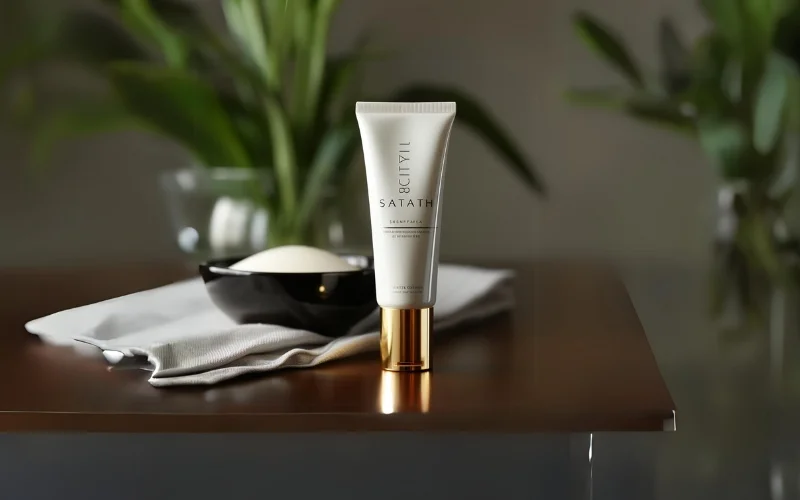
Future Trends and Innovations
Emerging Technologies in Manufacturing
Innovations like 3D printing and robotics are paving the way for cost reductions. Future technologies, such as AI and nanotechnology, promise further advancements in cost-saving and efficiency.
Sustainable Practices and Cost Implications
Sustainability is no longer optional but a necessity, bringing both environmental and economic benefits. Integrating sustainable practices, from material sourcing to production, is key to reducing costs and meeting consumer demands.
Our journey through the cosmetic tube packaging industry reveals a landscape where innovation, efficiency, and sustainability are not just trends but essentials. As the industry evolves, embracing these elements will be crucial for staying competitive and relevant. The future looks promising, with technology and sustainability leading the way, and as a veteran in this industry, I see these developments not just as challenges but as exciting opportunities to redefine and elevate our role in the world of beauty and skincare.




